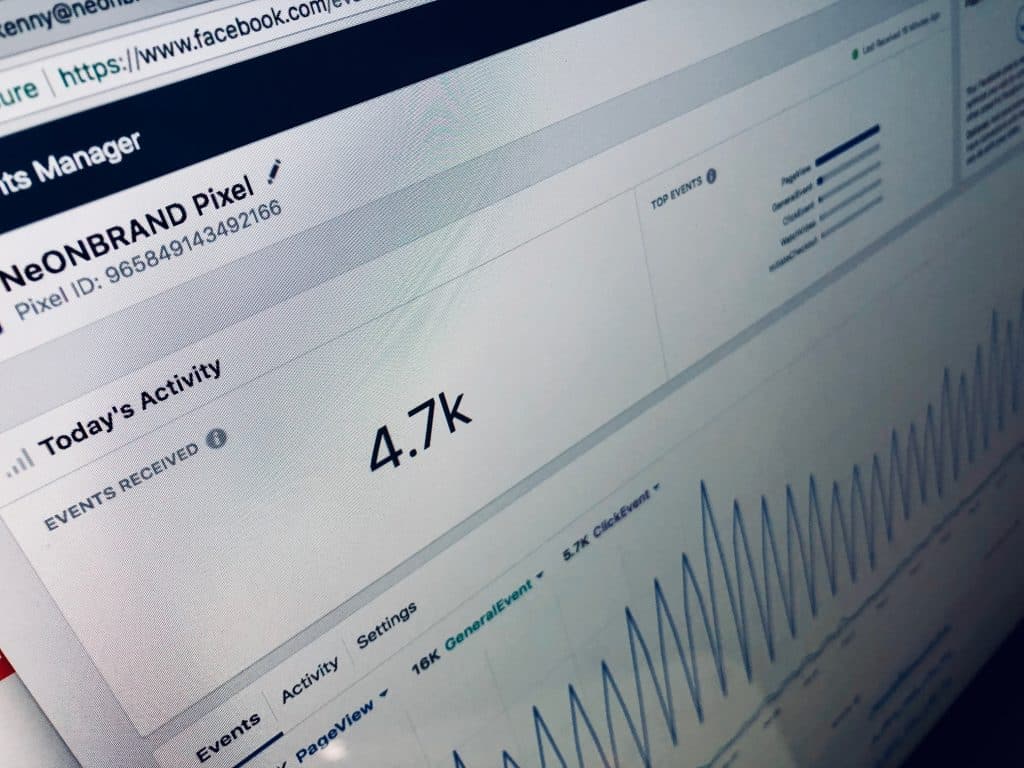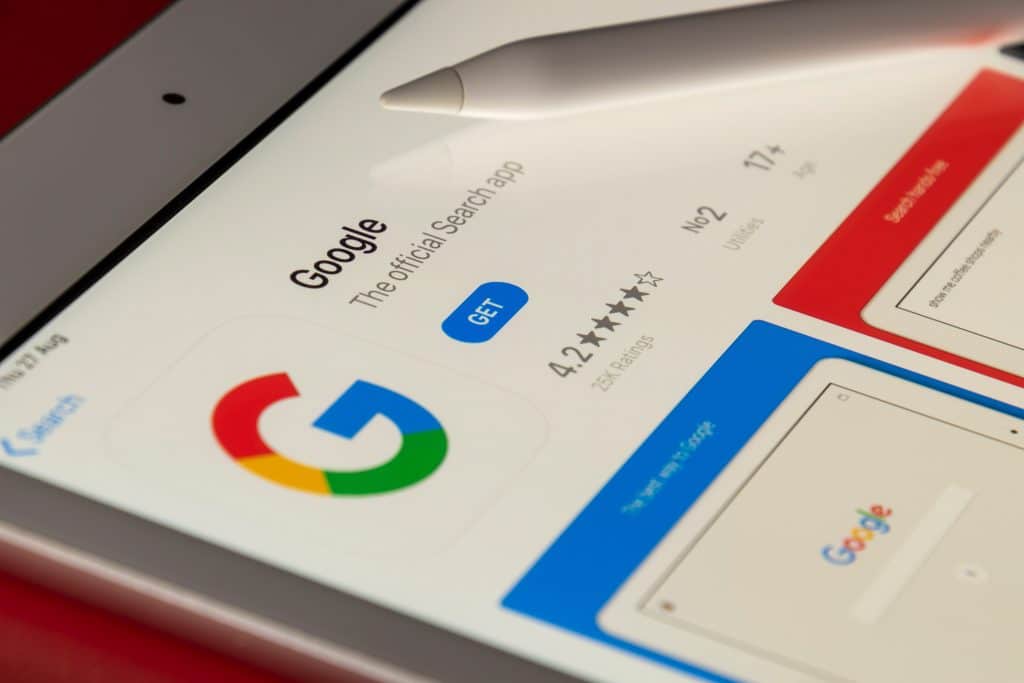Introduction

Toxic backlinks can be defined as links from low-quality websites that can negatively impact your website’s ranking in search engine results pages (SERPs). While there are many ways to acquire backlinks, some methods are more likely to result in toxic links. For example, link buying, link farms, and other black hat SEO practices can all lead to the acquisition of toxic backlinks.
If you suspect that your website has acquired some toxic backlinks, there are a few things you can do to clean them up. First, you can use Google’s disavow tool to tell Google not to take those links into account when crawling and indexing your site. Additionally, you can reach out to the webmasters of the sites linking to you and ask them to remove the links. Finally, you can also use negative SEO techniques to de-index the toxic backlinks pointing to your site.
Hopefully, this article has helped you understand what toxic backlinks are and how to remove them. Remember, it’s important to regularly monitor your backlink profile to ensure that it remains clean and free of any toxic links. If you do find some, don’t panic – there are a few steps you can take to remove them and protect your website’s ranking.
Benefits of removing toxic backlinks

There are a few benefits of removing toxic backlinks from your website. First, it can help improve your website’s ranking in search engine results pages (SERPs). Additionally, it can also help protect your website from penalties that may be imposed by search engines for having links from low-quality websites. Finally, removing toxic backlinks can also help increase the overall quality of your website’s backlink profile.
Disadvantages of toxic backlinks

There are a few disadvantages of having toxic backlinks on your website. First, it can negatively impact your website’s ranking in search engine results pages (SERPs). Additionally, it can also lead to your website being penalized by search engines for having links from low-quality websites. Finally, having toxic backlinks can also decrease the overall quality of your website’s backlink profile.
If you suspect that your website has acquired some toxic backlinks, there are a few things you can do to clean them up. First, you can use Google’s disavow tool to tell Google not to take those links into account when crawling and indexing your site. Additionally, you can reach out to the webmasters of the sites linking to you and ask them to remove the links. Finally, you can also use negative SEO techniques to de-index the toxic backlinks pointing to your site.
Hopefully, this article has helped you understand what toxic backlinks are and how to remove them. Remember, it’s important to regularly monitor your backlink profile to ensure that it remains clean and free of any toxic links. If you do find some, don’t panic – there are a few steps you can take to remove them and protect your website’s ranking.
How to remove toxic backlinks

If you suspect that your website has acquired some toxic backlinks, there are a few things you can do to clean them up. First, you can use Google’s disavow tool to tell Google not to take those links into account when crawling and indexing your site. Additionally, you can reach out to the webmasters of the sites linking to you and ask them to remove the links. Finally, you can also use negative SEO techniques to de-index the toxic backlinks pointing to your site.
Hopefully, this article has helped you understand what toxic backlinks are and how to remove them. Remember, it’s important to regularly monitor your backlink profile to ensure that it remains clean and free of any toxic links. If you do find some, don’t panic – there are a few steps you can take to remove them and protect your website’s ranking.
Conclusion

Overall, it’s important to be aware of the dangers of toxic backlinks and to take steps to remove them from your website if possible. Remember, toxic backlinks can negatively impact your website’s ranking in search engine results pages, lead to penalties from search engines, and decrease the overall quality of your website’s backlink profile. If you suspect that your website has acquired some toxic backlinks, there are a few things you can do to clean them up, such as using Google’s disavow tool, reaching out to the webmasters of the sites linking to you, or using negative SEO techniques.



